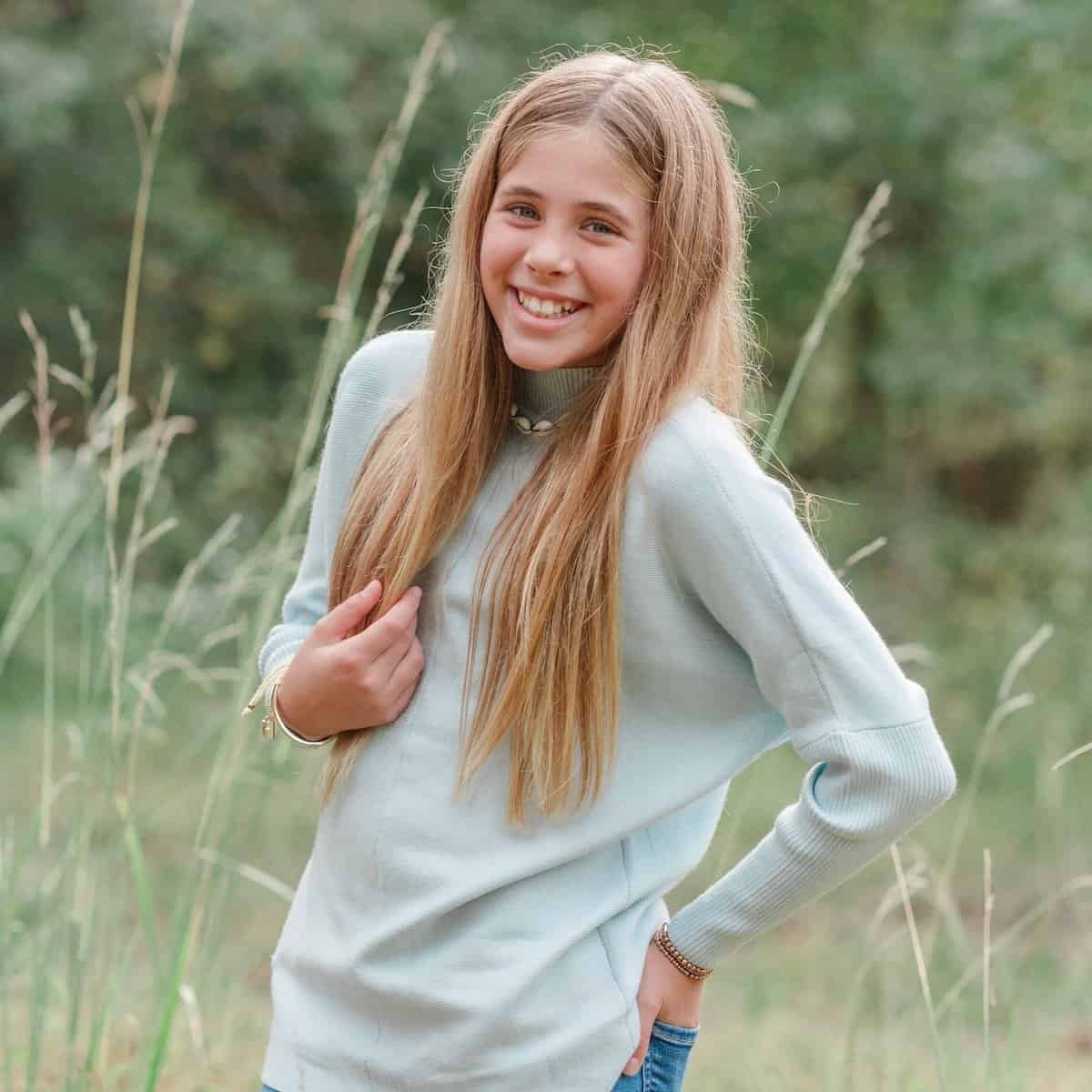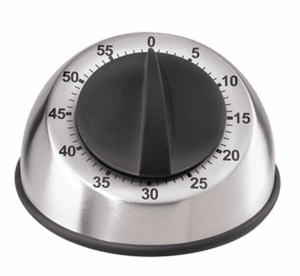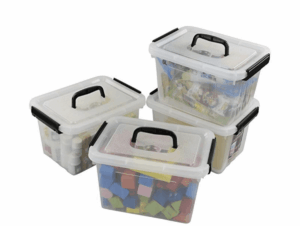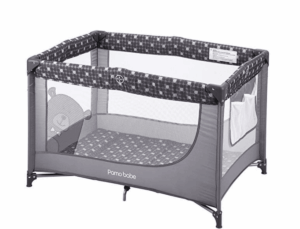While I can’t imagine parenting without the Babywise sleep schedule and the eat wake sleep routine but I am also SO thankful for the concept of independent playtime.
There are many amazing, awesome parenting tools to take away from Babywise, and independent playtime is yet another one. Allowing your children to learn to play alone and entertain themselves has endless benefits.
Not only are you able to get things DONE during that time period but long term it helps the child to have a longer attention span, be less likely to struggle with separation anxiety, and have the gift of enjoying time alone.
I’ve utilized independent playtime with all of my children and start at a very early age.
Want to know how to encourage your child to play independently?
How to start and implement independent playtime?
Here are my personal “How To” tips, plus, how to make independent play a part of your daily routine for your baby!
—-> You can read all of my Babywise related posts here!
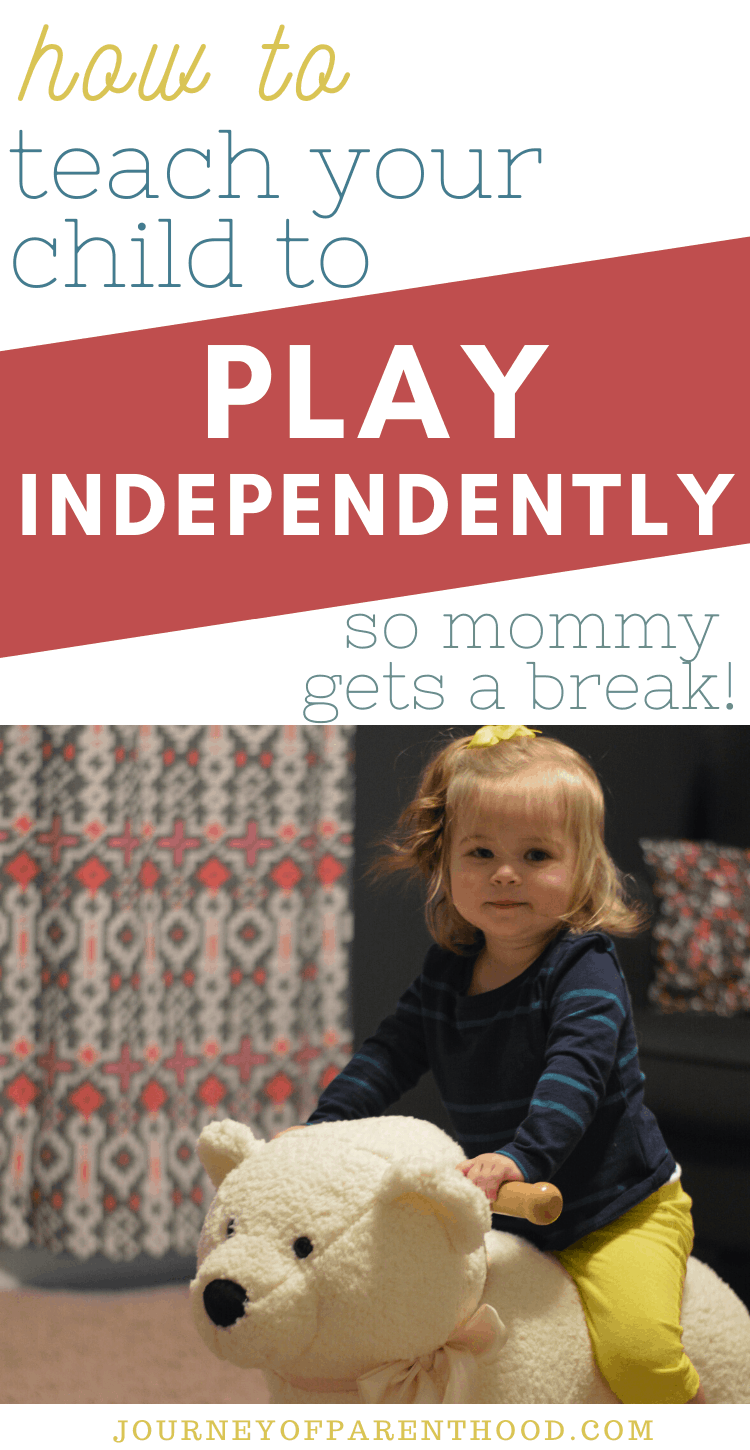
Disclaimer: post contains affiliate links
Start Independent Playtime Early
The earlier you establish independent playtime as a part of your child’s day the quicker it will just become part of their natural routine and the more smoothly it will go.
When do babies play independently?
Even in early infancy (even from just a couple weeks or a month old), I will set up a play mat in my baby’s nursery.
I will lay them on the mat (mine has overhanging toys) and sit a little distance away from them.
They love to look at the toys!
I will be perfectly quiet and will be out of their line of sight, but still able to fully see them.
I do this just for 5-10 minutes a day during one block of time and slowly add in more times each day.
Eventually, I will work up to having these short “playtime” periods multiple times a day.
This gets them used to the concept of playing on their own and makes the transition to the pack and play for that time easier.
Usually, at around three months old I move my baby to the pack and play for independent playtime.
By three months old my babies typically transition to the four hour schedule which provides them longer awake times.
At that age they are better able to handle longer awake times without worrying they will fall asleep and have a more set schedule throughout the day where I can best know their “happiest times” for some solo play time!
By beginning the routine from early on, the transition to the pack and play is usually a very smooth one since my children are already used to having time to themselves each day!
—–> I LOVE the play pen as the location for independent play, you can read why here!
You Decide When
I’ve heard many parents confuse independent playtime with playing independently.
They are not one and the same.
It’s wonderful if your child will play independently on their own at any time of the day.
But if they choose when those times are, then it’s just playing independently.
When the parent chooses the time (and place!) for this to take place, that’s when it’s independent playtime.
The parent dictates when this playtime occurs.
It is wise to look at your entire day and your baby’s schedule and write out what time during each day you will set aside for playpen time.
As babies, a good time for starting independent playtime is soon after feeding time.
This helps ensure they don’t fall asleep during their independent time and keeps with the eat-wake-sleep schedule.
Fully bellies = happy babies!
As they get older and have longer awake times you can truly set the time for whenever it best suits your routine.
I like to set mine up for times when I know I will have things to get done that are best done without little ones under my feet 😉
Such as showering, getting ready, making lunches, or cooking dinner.
It is also wise to set up independent playtime for younger siblings when older siblings may need your full attention such as right after school so you can discuss their days and help with homework uninterrupted.
Goodness knows we need the quiet time to be able to think about that fourth-grade math we can’t remember 😉
Posts You May Find Helpful:
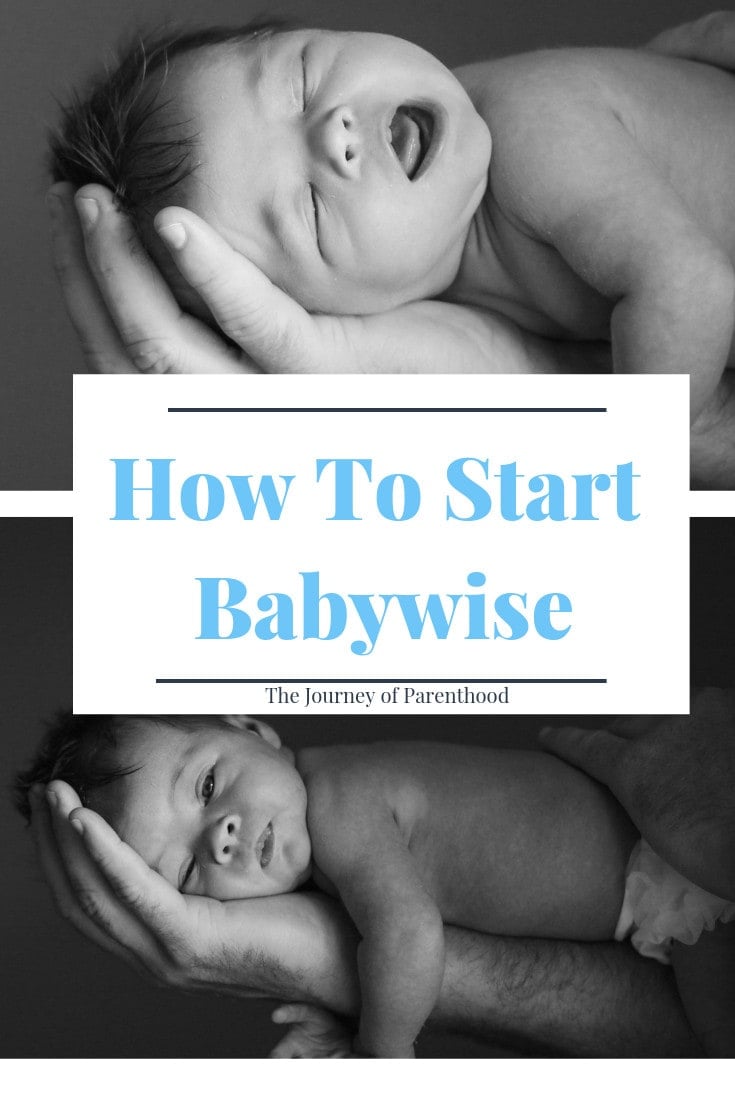
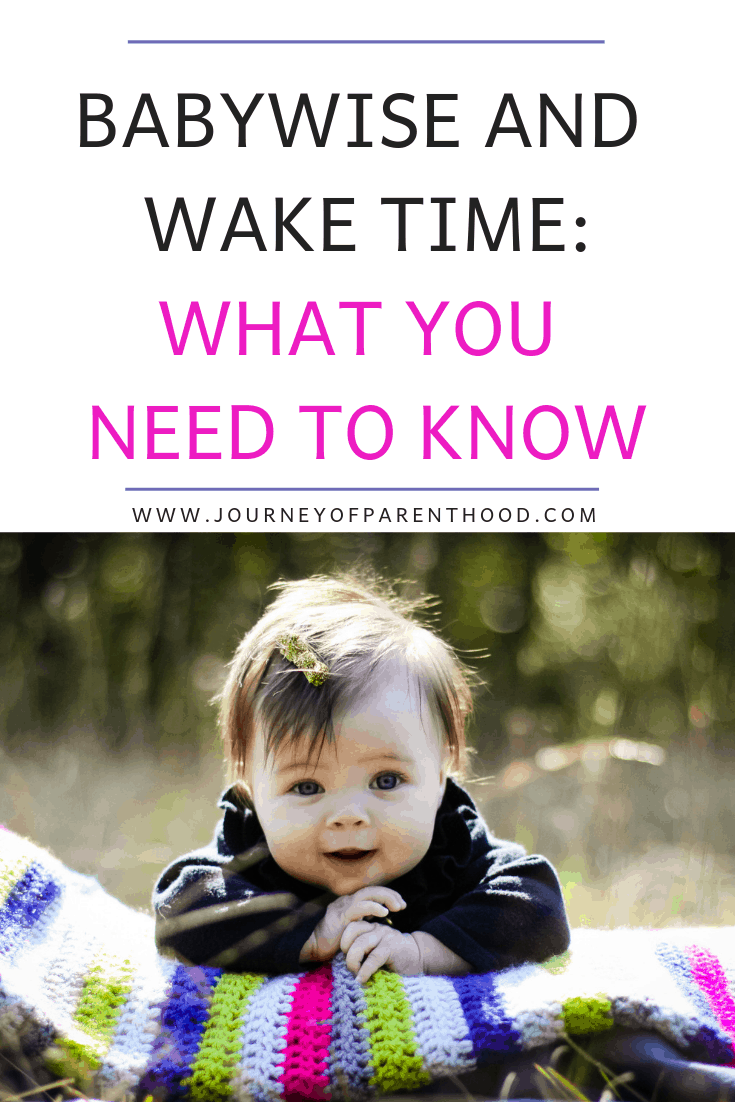

Choose a Location for Independent Playtime
There is no “right place” to do independent play.
Some people like to have it in their child’s crib and it works well for them.
Personally I never wanted my child to associate their crib with anything other than sleep so I liked to establish their independent play in a separate location.
I like to use a pack and play set up in our dining room for this time.
We keep our playpen set up in a corner of the room where there is a wall on two sides and a buffet table on another.
It’s a room that is far enough from our kitchen where the child can’t see me but close enough where I can hear them and easily sneak around to peek at them without being noticed.
The less distractions the better to allow your child to focus on their time and not spend it all crying for you to come to get them.
Choose a spot that works best for you and your family and will make it easy to remain consistent.
We keep our pack and play set up all the time so it makes it simple to do playpen time multiple times a day but if I had to set up and break down the pack and play each time, I can see it being tougher to be as consistent.
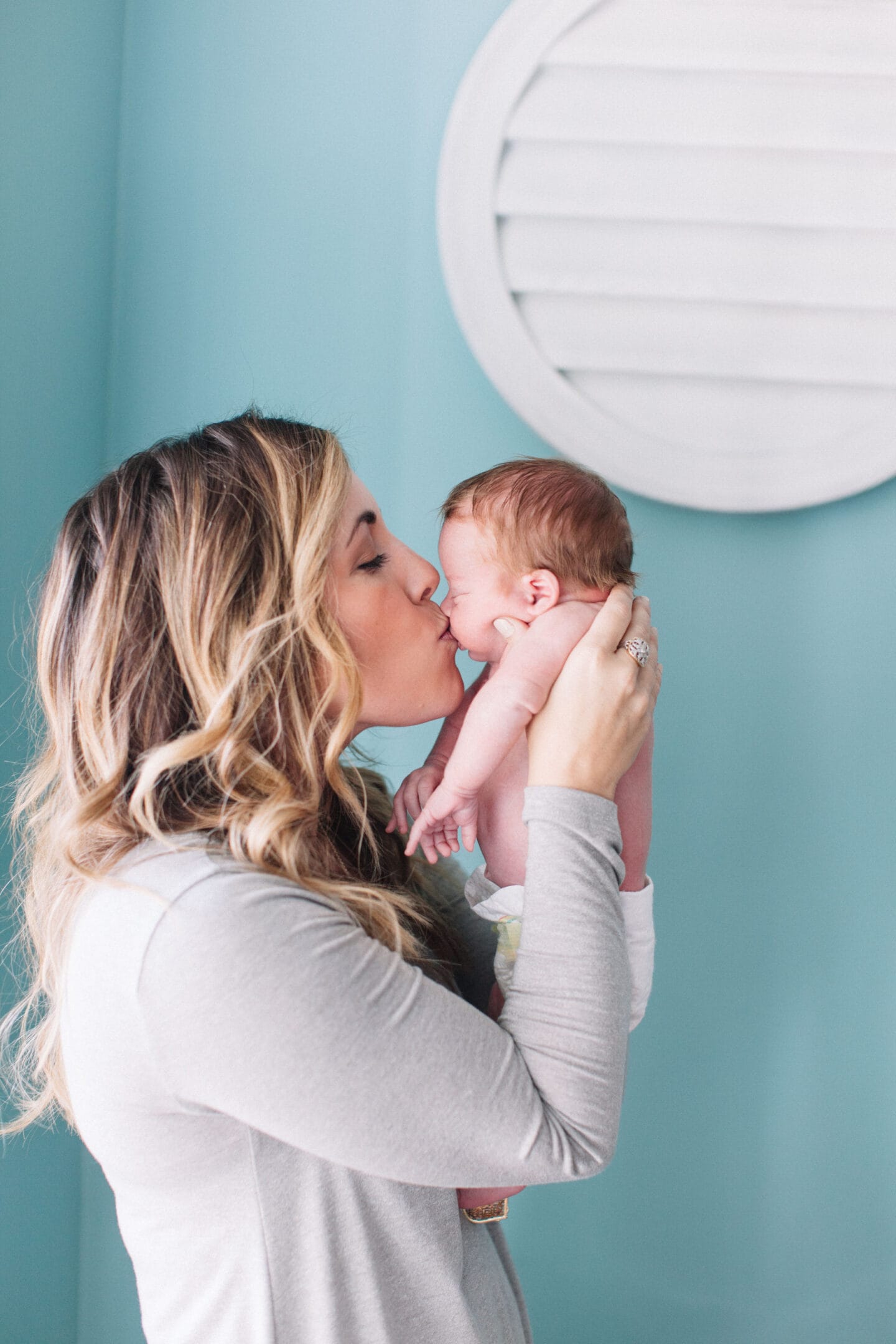
Want More from a Keepin’ It Real Babywise Mama?
Keep Siblings Away
Siblings can be the biggest distraction during independent playtime.
Older children are often loud which can cause the child in independent playtime to become upset.
They don’t want to miss out on the fun time playing together!
Older siblings can also interrupt it with their good intentions.
Baby gets a bit fussy or tosses a toy out of the pack and play and Big Brother or Big Sister come to the “rescue” which only causes the baby to stop playing independently and focus on their sibling.
I try to make sure my older children are well occupied during independent playtime.
My older children have rest time while my younger ones are napping (you can read about rest time for older kids here) so I encourage them to play outside or to play independently in their rooms when the younger ones have their independent playtime.
Having your baby play while having your older child play in their room for room time is a great set up to allow you the freedom to get tasks completed!
This is also a great opportunity for your older children to have their set screen time too!
While baby is having their independent play this is also a great opportunity for quality together time with other children.
I will often rotate who gets “Mommy time” while the baby is in his pack and play.
That 20-30 minutes of quality time with Mommy is so special to the older children!
It’s the perfect amount of time to play a game together or just talk and catch up.
Posts You May Find Helpful:
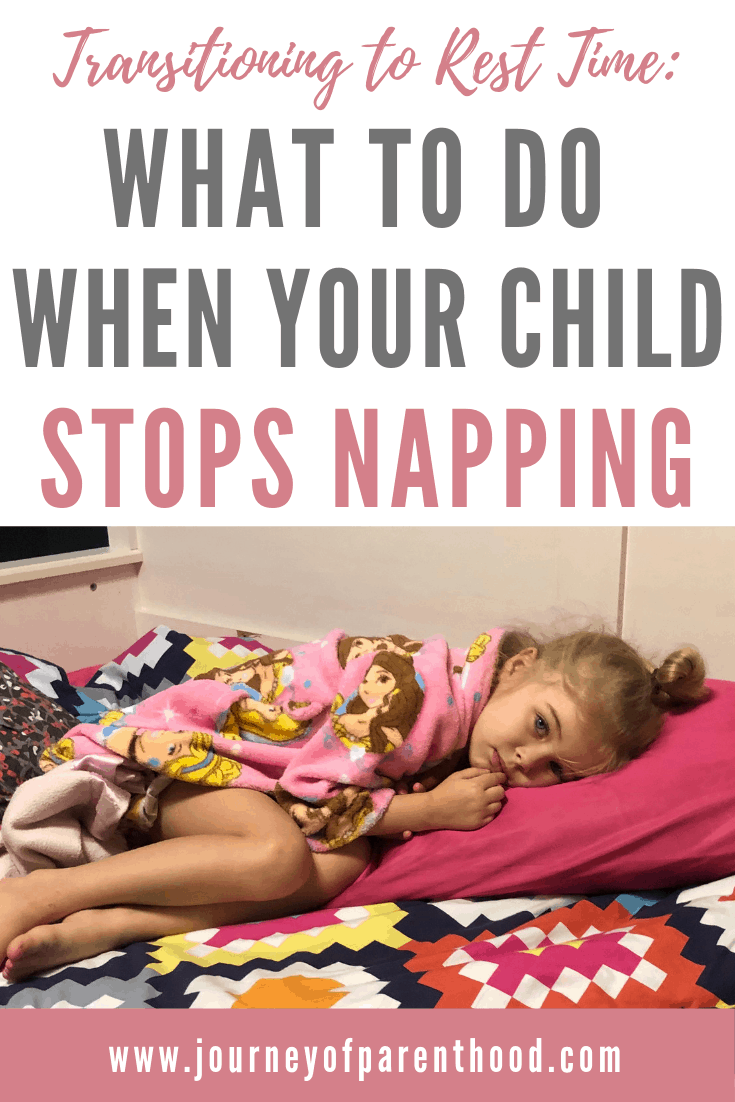
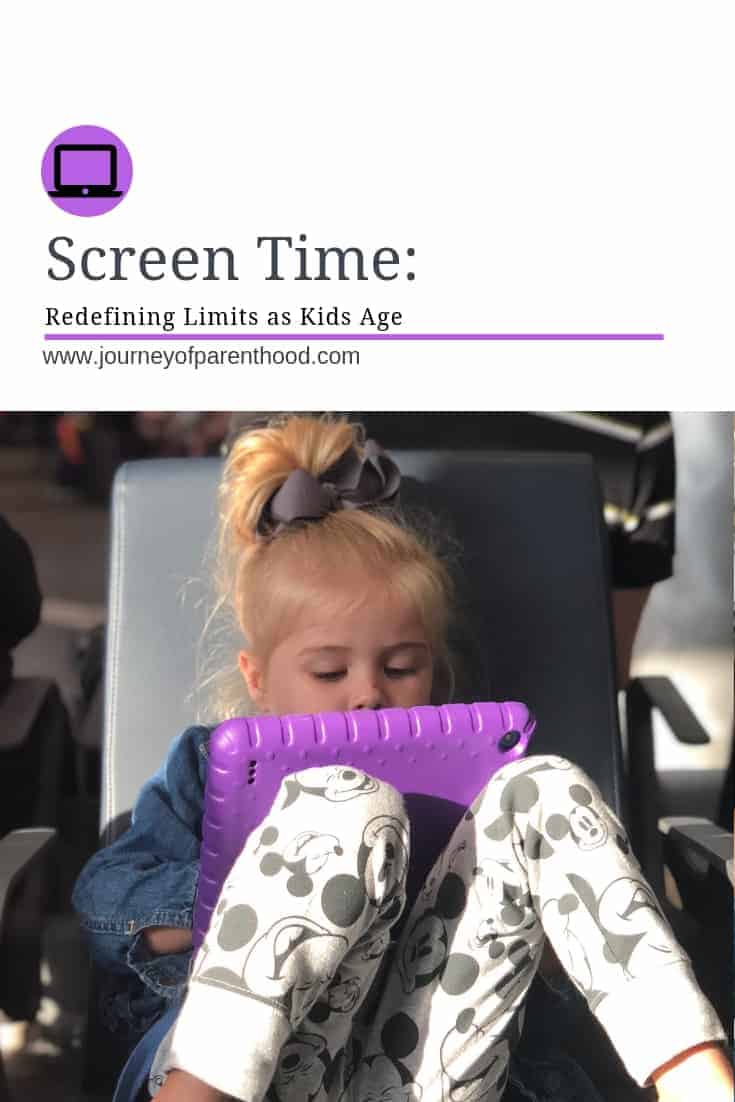
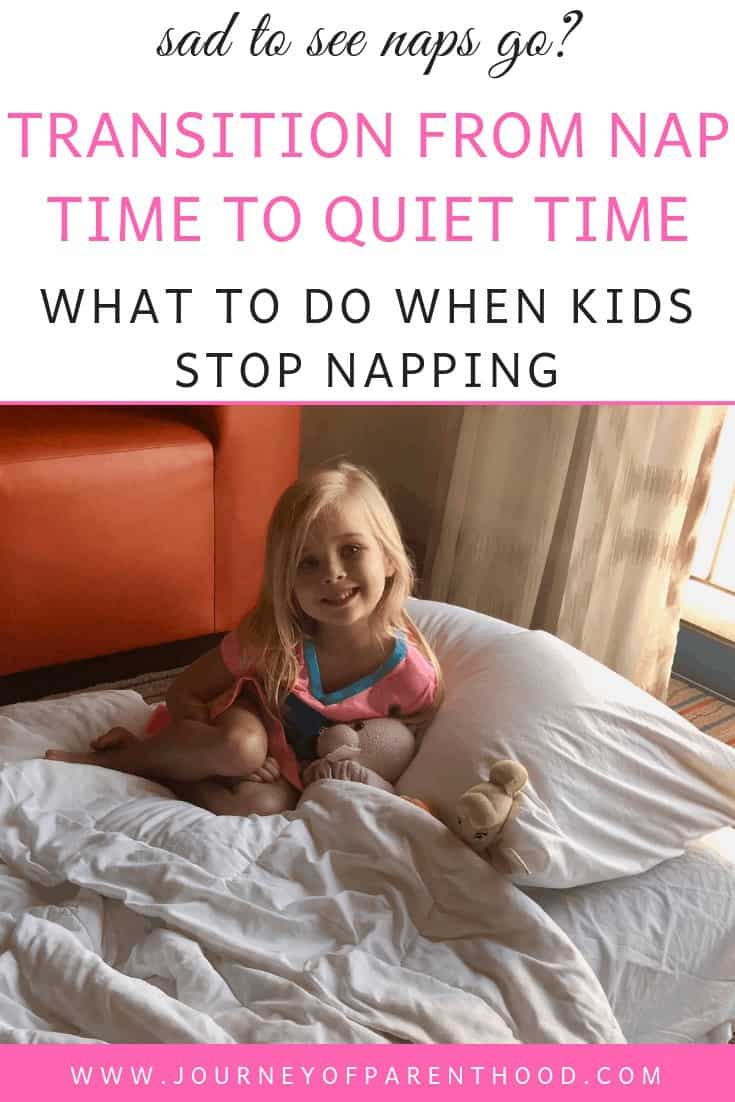
Have a Timer
When my babies are in the newborn stage and independent playtime is occurring in their room with me beside them, I don’t use any sort of timer or anything.
Young babies can’t handle very long awake times and it’s important not to allow them to become overstimulated so I will keep their independent playtime short.
Once I transition to the pack and play I use a timer.
I like to have a cute one and have that timer only be used specifically for independent play. I will set the timer for the whole time allotted and then will not get the child out from the pack and play until the timer goes off.
I keep it set up in their site from the pack and play and where they can hear it.
Setting a timer that they can hear is a good reminder to them that they are not in charge.
You decide when the playtime is over, not them.
Allowing the timer to dictate the ending of independent playtime lets the child know they are not in control.
You Decide How Long
As I mentioned, a young baby can only handle a few short minutes of independent playtime.
As they get older and move to the pack and play more time can be added.
Once again, it’s not up to the child when it ends.
How much playtime do you allow to your child?
When I’m just starting with my children in the pack and play I set the timer for 5 minutes.
Then, once they do well with that, I go for 10. Then 15.
Usually, I like to stick with 2-3 independent playtimes a day with shorter increments each until they are older.
Typically 20-30 minutes twice or three times a day by the time the child is a year old.
Having an established independent playtime can also help when dropping nap time. As the evening catnap drops, it can help fill in that awake time.
When your toddler transitions to one nap a day?
Independent playtime is there to still allow for some calm time for your toddler and relaxing time for you!
My current two year old daughter now does 40-45 minutes of solid play once a day.
The older the child, the more time they can handle and the more they come to ENJOY that time to themselves!
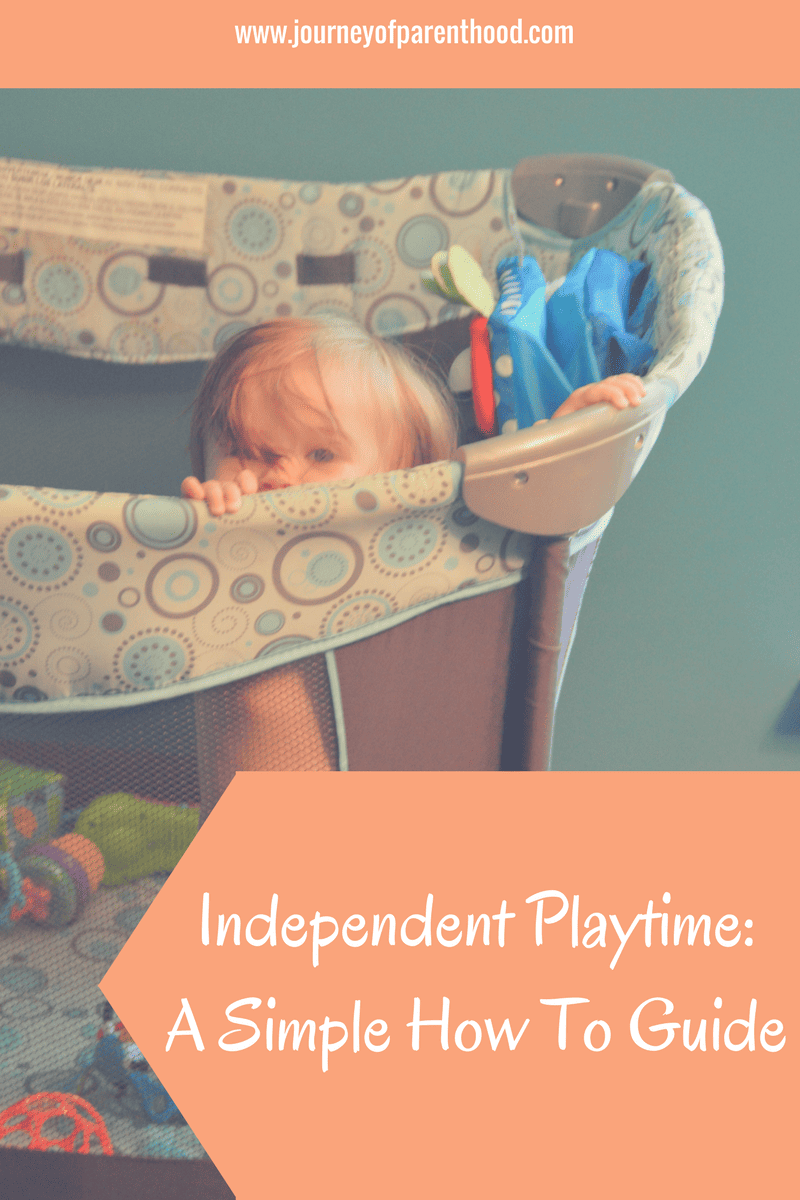
Praise Like Crazy
Making a BIG deal over anything makes it exciting for kids.
When that timer goes off, I come right away with a big smile on my face and a loud cheer on my lips.
I do this so much that as my kids get older when they hear the timer go off, THEY start cheering right away too 😉
Even as babies cheering and congratulating and letting them know how proud you are makes a big impact.
It communicates to them that independent playtime is a POSITIVE thing!
Once the timer goes off and I give my big cheer then I always sing the clean up song and praise them as well for cleaning up!
I find that having something fun planned for after independent play makes it a smoother transition as well.
As with my current 2 year old we do independent playtime then we have movie time.
She loves getting to watch her movie time so it’s almost a reward for playing well in the pack and play and she will be excited for that playtime knowing she’ll be getting to see Mickey Mouse after it’s over!
Choose Toys Wisely During Independent Playtime
Obviously it’s crucial to have age-appropriate toys for your child.
If you have toys that are beyond their age limit they may not be safe to play with when unsupervised and may also cause frustration rather than joy.
When they are infants and cannot sit yet, I put the whole play gym in the pack and play with my baby.
They can lay and grab at the toys and practice those eye-hand coordination skills!
As they get older, I start incorporating more toys to keep them occupied and entertained.
Personally I like to use sound toys in the pack and play.
This way I can hear them playing and know they are ok (silence makes me nervous!).
Board books are also great and a safe option for little ones to enjoy.
I like to have things that challenge them as this allows them to build concentration and focusing skills.
I don’t rotate my toys very often as I like for them to be set toys that they only get to play with during independent playtime.
This gives them something to look forward to!
Best Toys From Ages 1-3:
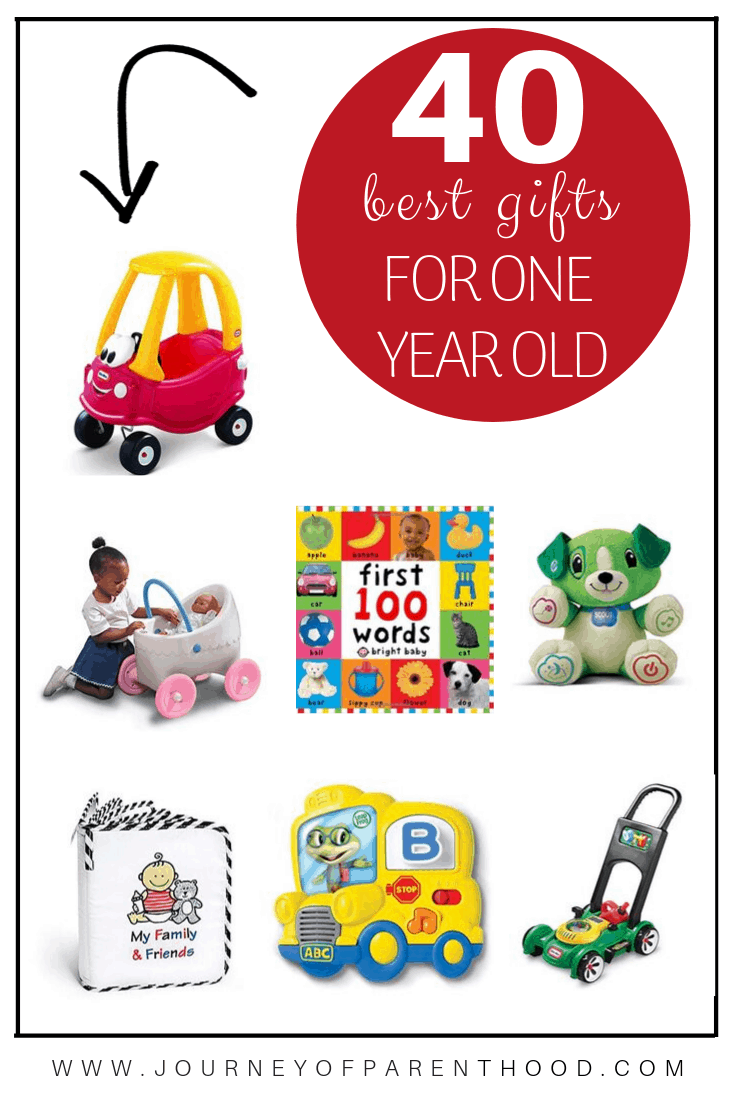
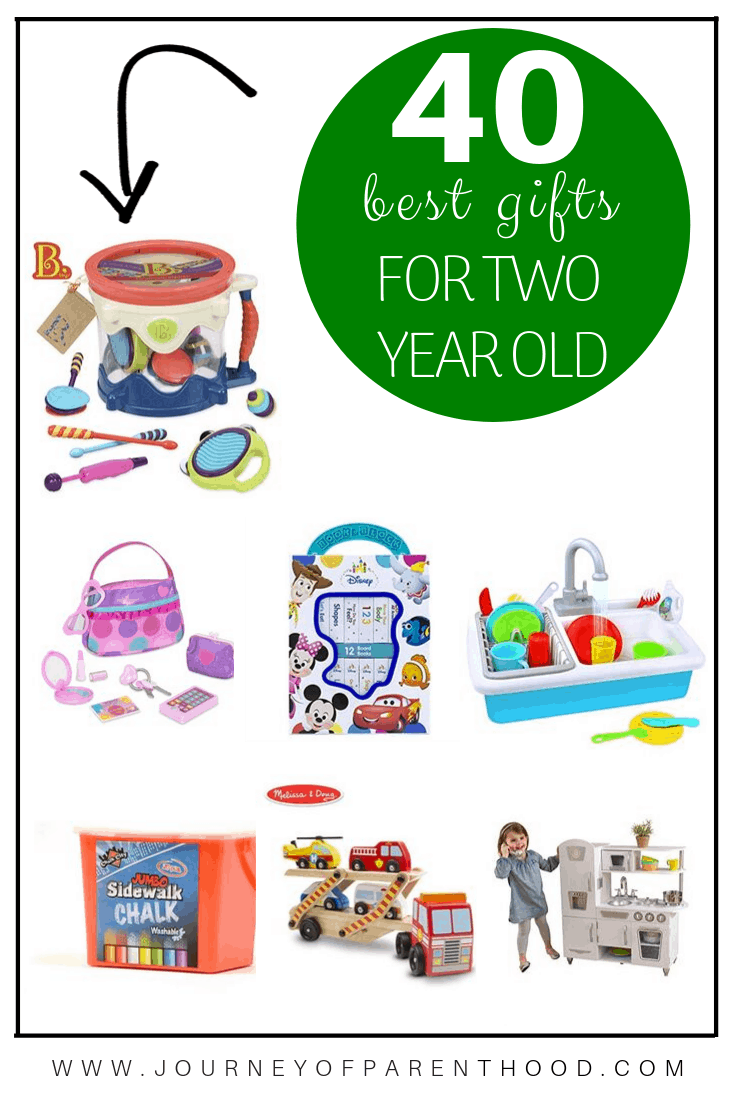
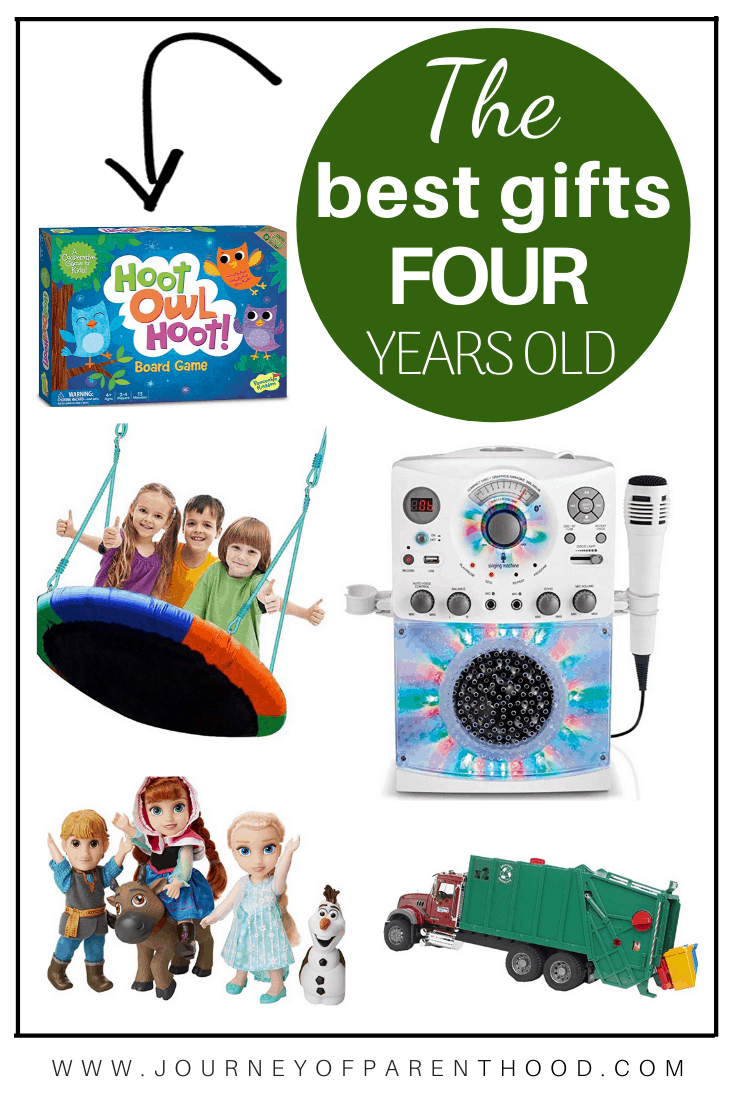
Be Consistent
Just as being consistent with naps is important, it’s also important to have independent playtime on a regular basis.
Consistency is crucial for independent playtime as the saying goes “if you don’t use it, you lose it.”
If you aren’t consistent with incorporating independent play into your child’s daily routine then they will “lose” the ability to play well on their own for this time.
When mine are little, and most of our days are spent at home, it’s easy to fit it in 1-3 times per day.
As they get older, and we’re on the go more (especially as they begin dropping naps) I aim for at least 3 times a week.
If you take a longer break from independent playtime be prepared for it to be difficult to start it back.
Children who are out of the routine may be upset about being confined to their pack and play for this set time period.
Start at the beginning with just a few minutes at a time, continue to cheer when the timer goes off, and build up from there!
In no time your child will be happily playing independently again!
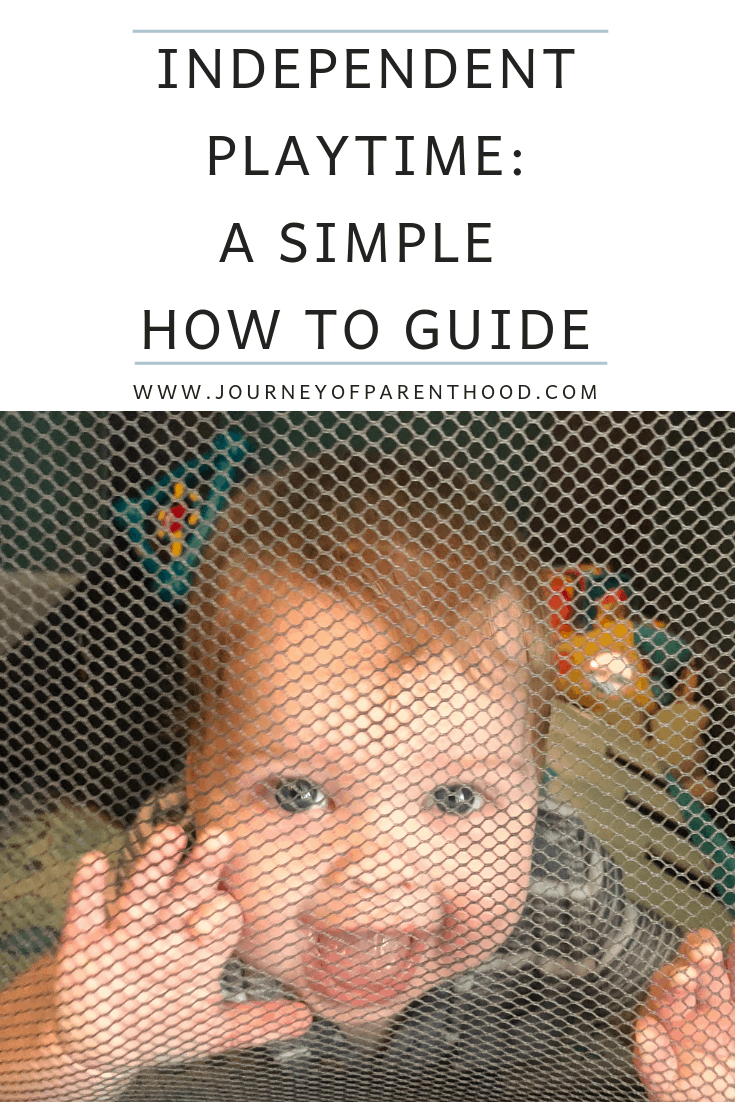
Must Have Items for Independent Playtime
Independent playtime doesn’t require much!
People love to buy toys for babies so all moms have a plethora of toy options to use during this time for their children.
Here are my must-haves for independent playtime:
The Benefits of Independent Playtime
The benefits of independent play are endless.
For the child, it teaches them to play on their own.
Without someone always there to entertain them.
It gives them a chance to practice developmental skills and to learn contentment with themselves.
It also has long term benefits such as a sustained attention span, mental focusing skills and allows for creative thinking and learning!
Independent play is valuable for an infant, older child, and will help prepare your children for independence when they are 18 and off into the adult world!
As a babywise mom starting independent playtime at a young age was a priority for me in my parenting and I’ve seen the benefits in all four of my children!
More Posts To Help with Independent Playtime:
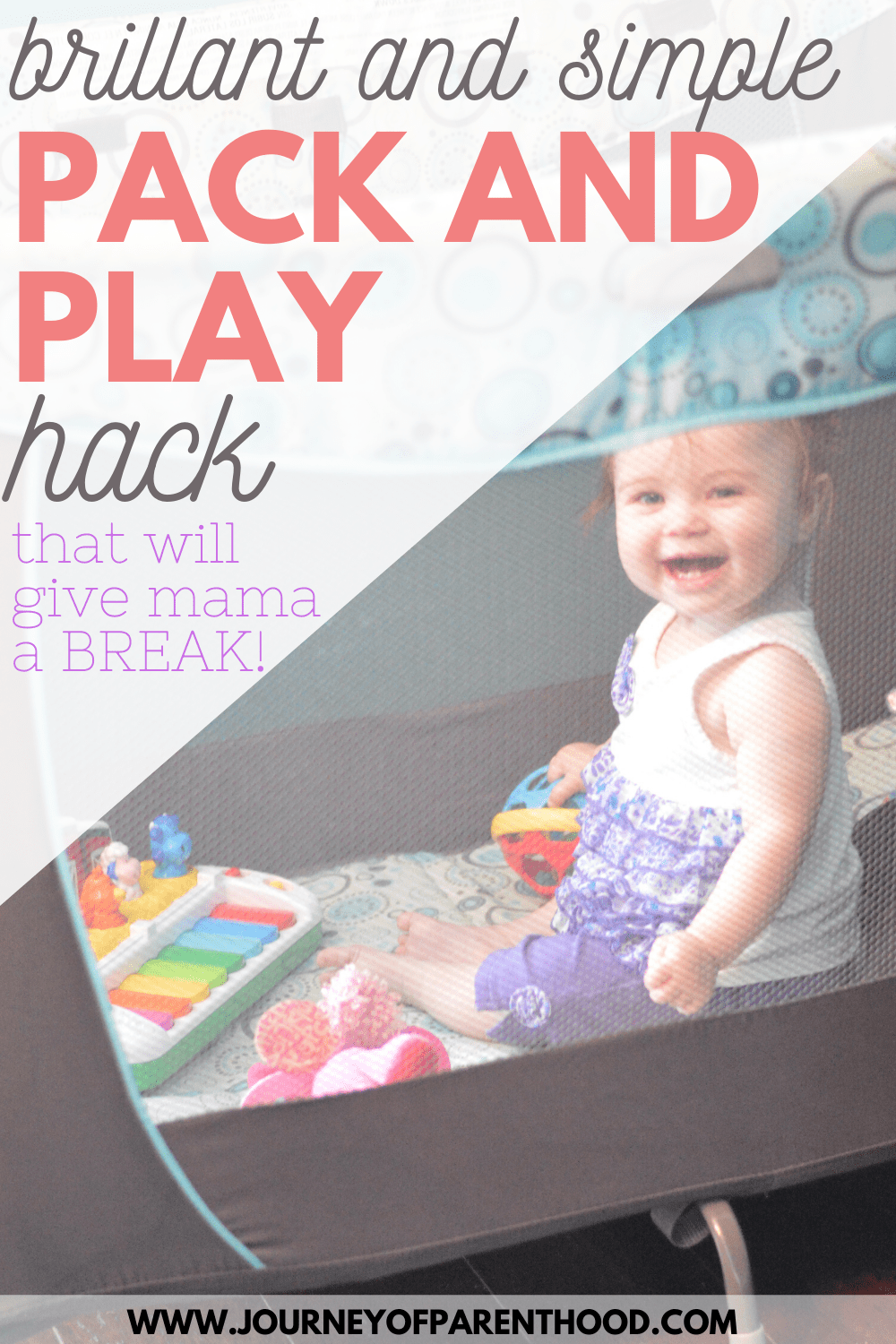
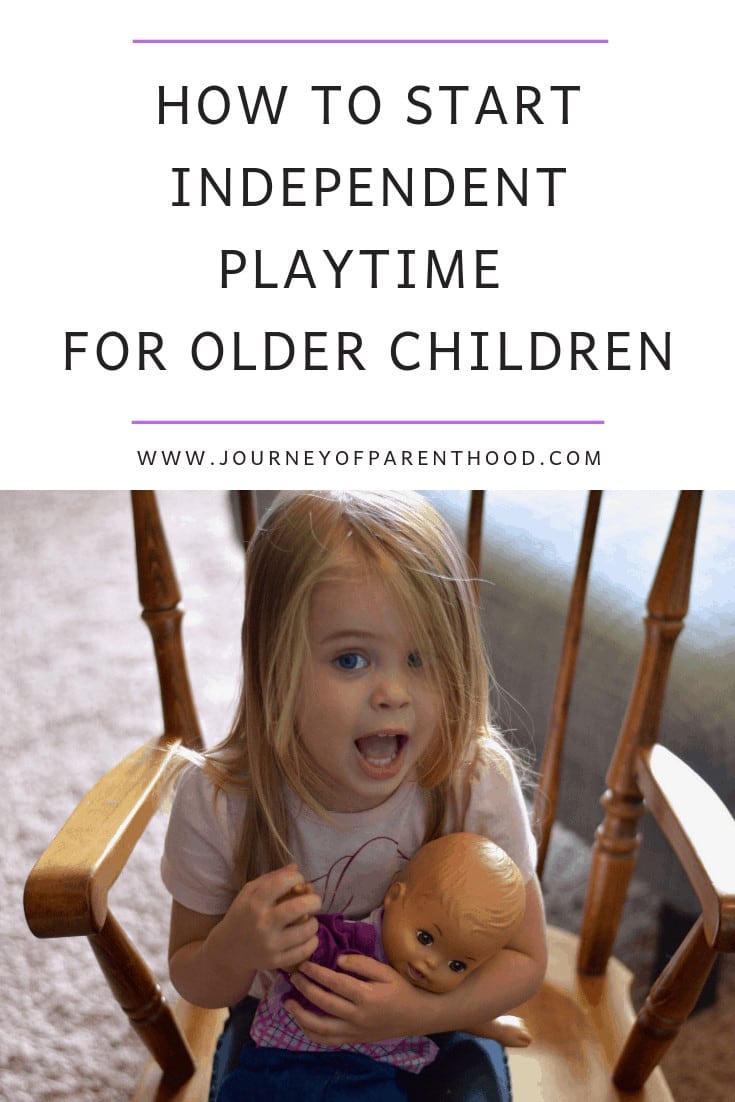
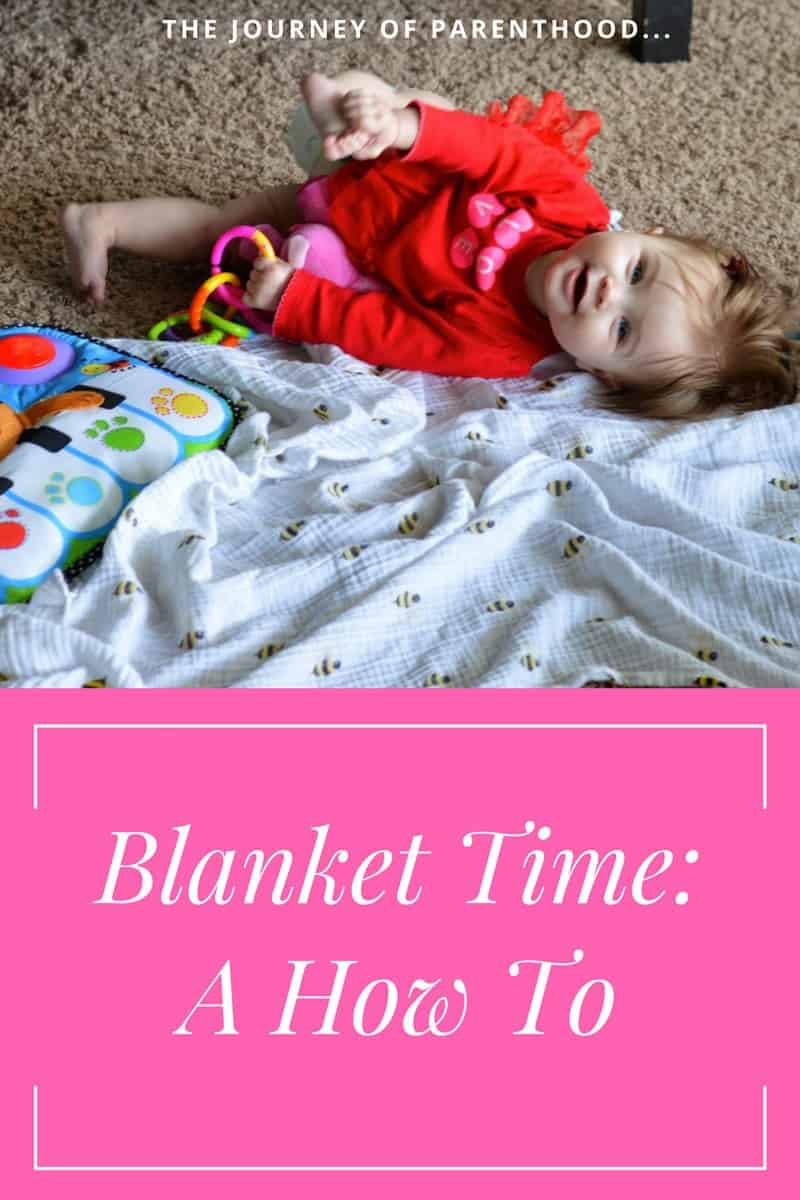
How to Start Independent Playtime
A simple guide for starting independent playtime with your child.
Independent playtime is a Babywise principle that teaches your infant, toddler, or older child to play on their own without needing entertainment from mom, dad, or siblings!
- Start Young: The younger your baby is when independent playtime begins the easier it will be to establish.
- Stay Out of Sight: It’s important for your baby not to be able to see (or hear!) you during their independent playtime
- Use a Pack and Play: A playpen provides a safe place for playpen time and is the perfect location for independent playtime each day.
- Use a Timer: Baby does not decide when their playtime is over, you do. Using a timer is essential for both mom and baby to know when play time is over!
- Keep Older Kids Busy: If baby hears or sees older children it will disrupt the flow of their independent playtime.
- Choose The Best Time of Day: It’s crucial to establish independent playtime when baby is well rested and has a full belly!
- Choose Toys Wisely: It’s important to choose safe, age-appropriate and FUN toys for your child to stay entertained!
- Stay Consistent: Consistency is key for extending the length of time your child is able to play on their own!
There are many benefits for starting independent playtime at a young age.
However, if your child is older it’s still not too late! Be sure to read this post on starting independent playtime late!
Recommended Products
Activity Play Mat
Check Price For Activity Play Mat Here!

Pack and Play
Check Price For Pack and Play Here!

Toy Storage Boxes
Check Price For Toy Storage Boxes Here!

60 Min Timer
Check Price For 60 Min Timer Here!

On Becoming Babywise
Check Price For On Becoming Babywise Book Here!

- A Letter to my Son on His 16th Birthday From Mom (Kye’s Bday Letter) - March 20, 2025
- Open Letter to my Daughter on her 12th Birthday – Love, Mom {Britt’s 12th Bday Letter} - January 16, 2025
- Letter to My Son on his 6th Birthday – Love Mom - January 8, 2025


